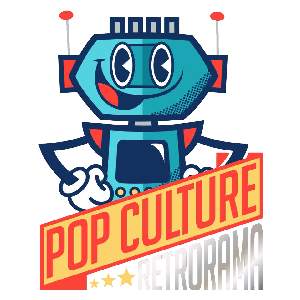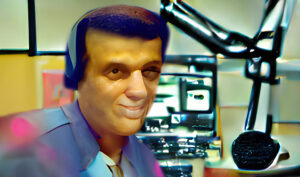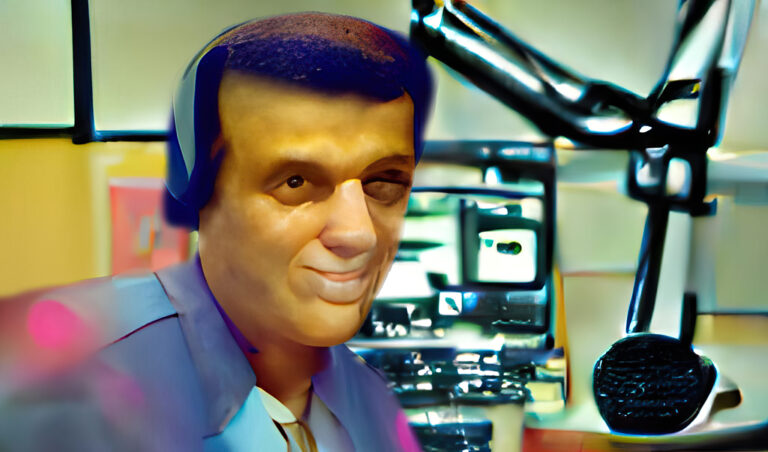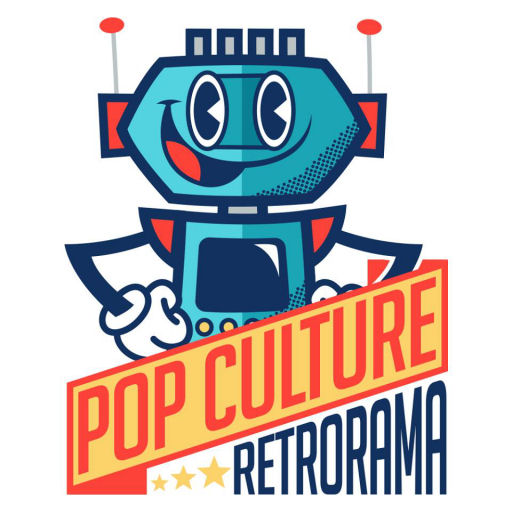There’s nothing quite like a good pop culture documentary, and it’s surprising that 1980’s cult classic Flash Gordon has never gotten one – until now.
But now we have one, and it’s a really good one…and a very personal one at that. As the title implies, while Life After Flash is indeed about Flash Gordon, the movie shares the spotlight with its star, Sam J. Jones, an actor whose career and personal life have known a few peaks and more than their share of valleys.
Jones’ troubled upbringing is shown as the very thing that acting allowed him to escape, and Flash Gordon is highlighted as what should have been a career-launcher if not for a variety of self-inflicted wounds along the way. We also follow Jones through a travelogue of the years he spent as a bodyguard. (He’s a good deal more buff in real life than he was as Flash, so it’s really not hard to imagine him being an imposing figure.) Seth MacFarlane personally asking Jones to reprise the role of Flash in Ted and Ted 2 is presented as Jones’ vindication here, though I’d argue that the vindication that actually matters is the sheer number of people lining up for autographs or photos at the conventions covered by the documentary cameras.

Life After Flash isn’t just about Jones’ life after Flash, however. Melody Anderson and, in interviews conducted before they passed away recently, Max Von Sydow and Peter Wyngarde each describe the late Dino de Laurentiis’ very unusual (and, perhaps, unusually intuitive) process of casting Flash Gordon. Also on hand are such stars as Topol, BRIAN BLESSED, whose delivery surely merits all caps if anything does, and Richard O’Brien. Timothy Dalton is conspicuous by his absence, but his co-stars speak admiringly of how seriously he took the part of Prince Barin.

If that array of stars isn’t impressive enough, there are also many appearances by stars of other sci-fi and fantasy franchises, some of whom have worked with Jones and others who know him only from the convention circuit – and they raise an important question that’s interesting to hear from so many actors: is typecasting really a thing anymore? Because if it is, Jones has turned it to his advantage, committing himself to not letting down a legion of fans who show up to see him. And if you can judge a man by the quality of his admirers, Jones has a legion of high-profile fans who speak both in his defense and in defense of Flash Gordon here, including Chris Gore, Robert Rodriguez, Jason Mewes, Mark Millar, Ray Park, Sean Gunn, Ian Beattie, Alex Ross, Richard Donner, and no less than the late, great Stan Lee.

Along the way, there’s a delightful detour into the making of the film’s legendary music, with both Howard Shore (who composed the orchestral score) and Queen’s Brian May talking about their respective duties in creating the sound of Flash Gordon – a sound that has, perhaps more than anything that was visible on screen, defined and perpetuated Flash Gordon‘s place in movie history (though May recalls that de Laurentiis wasn’t sold on Queen’s contributions until opening night). May even talks about the extremely rushed process of filming the official music video, while Shore remembers working himself to the point of exhaustion and finally walking away from big-ticket Hollywood productions. Film music is such an overlooked and yet vital part of any production, it’s nice for the movie’s two composers to get their due.
 |  |
Jones’ co-stars also share the spotlight – we get to see the artwork Melody Anderson has been doing, and we follow Topol to Israel, where he played a part in trying to make hospital stays a bit more colorful and less stressful for children. We also get a glimpse into some world-class prop collections owned by fans who had to have a piece of Flash Gordon for themselves.
And in the end, that’s what Life After Flash is about – a movie whose fans have kept it alive, and a movie whose star is glad they did. It’s highly recommended if you, too, are one of those fans.




+ There are no comments
Add yours